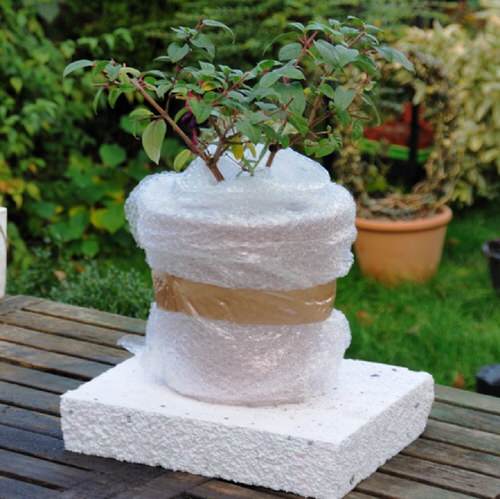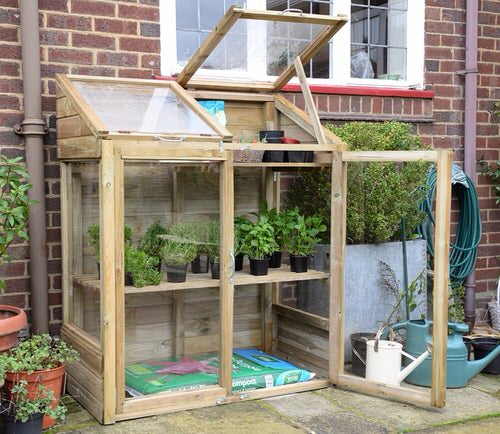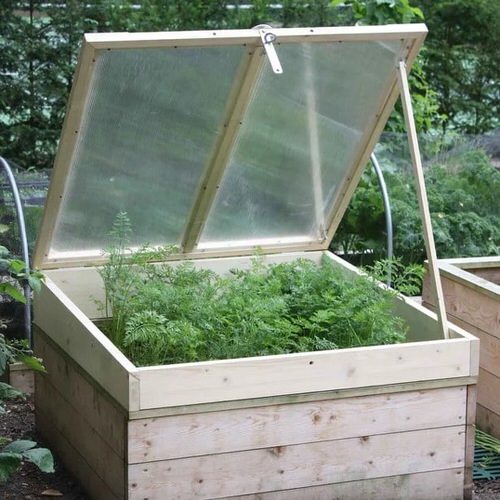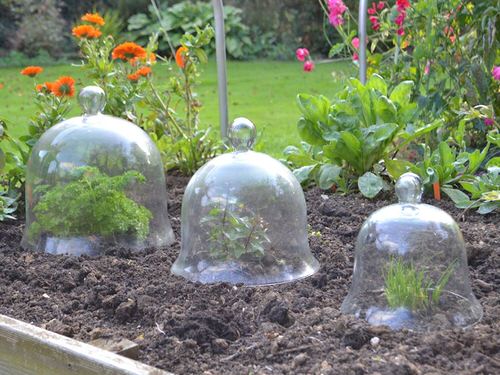Follow these brilliant Cold Weather Hacks for Plants to Create Warmth and keep them safe from cold drafts of late fall and winter.
Does your place experience extremely low temperatures, making it difficult for the plants to survive? Try these Cold Weather Hacks to Create Warmth for plants and help them thrive!
1. Cover Containers and Raise their Levels
Drape the containers with a thick layer of fabric or bubble wrap for insulation. You can also use old blankets to wrap them. Make sure they are kept in a well-ventilated spot and get at least sufficient indirect sunlight.
The key here is to keep the bottom of the pot well-wrapped to ensure the roots get all the warmth they need.
You’ll also need to raise the pots a little off the ground. For this, use bricks or a plant stand to avoid direct contact with cold surfaces, as this can chill the roots even through insulation.
2. Wrap a Burlap or Jute Sheet Around the Plant
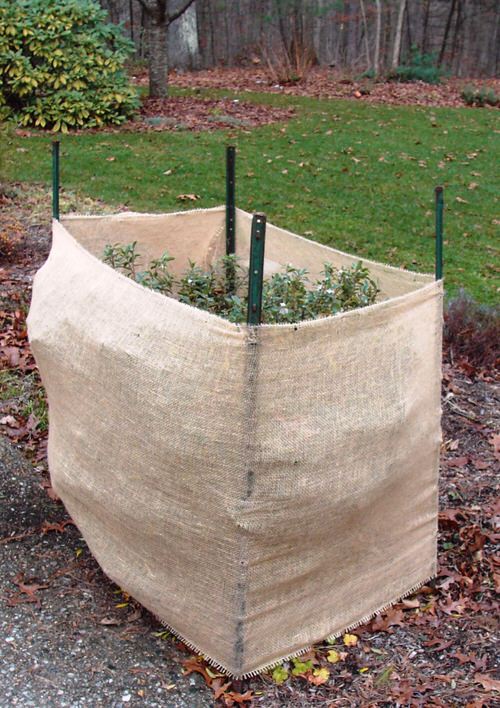
Create an insulating dome around the plants by raising a vertical structure of the plant’s height and covering it with a burlap or jute sack. Additionally, fill the space with a thick layer of hay or shredded wood for good insulation.
Ensure that this burlap covering does not touch the foliage of your plant; otherwise, frozen fabric can transfer cold to the plant.
3. Keep the Plants in the Greenhouse
In the winter months, keep the plants in the greenhouse. This not only keeps them safe from harsh weather conditions but also creates a stable micro-climate where they stay warm with the other plants.
4. Bring Potted Specimens Indoors

Do not expose the potted plants to the outdoor freezing weather. Bring them indoors to ensure they stay protected from cold drafts and extremely low temperatures.
When moving indoors, keep plants in a porch or garage before bringing them indoors for better acclimatization.
While keeping them indoors, keep them away from the windows in a way that the leaves are not touching the panes. This will keep them safe from frost!
5. Make a Mini Cold Frame / Hot House
Cold frames or grow boxes are great options for compact restricted areas on limited budgets.
Assemble a few wood panels and a clear covering like sheet glass so plants remain protected from winter gusts, have access to sunlight, and get insulation from expected frosts.
For a better exposure to sun, keep your cold frames in South or South West position in your garden.
6. Use a Full Spectrum Lamp

To bar the risk of plants going into a state of shock due to low temperature, provide a mild heat source, such as a full-spectrum lamp.
Go for one that has a mix of red and blue light to keep the plants warm and safe from cold weather. Maintain a 6-12 inches distance from the lamp to prevent overheating.
Find out the Best Light Hacks for Indoor Plants here
7. Use a Good Layer of Mulch

Winter mulching insulates the soil surface, protecting the roots and perennial bulbs from freezing drafts and keeping them warm. It also helps retain moisture!
Layer 2-3 inches of straw, pine bark, shredded wood, or dry leaves around the plants, but make sure the mulch does not touch the plant stems directly.
This will allow air circulation to the roots, as well as provide food for beneficial microbes in the soil.
8. Install a Soil Warmer
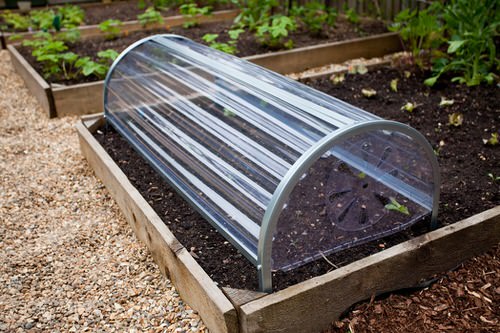
Another easy solution is to use soil warmers with thermostats to increase and control the ground temperature. This will benefit outdoor vegetation and germinating flower beds.
However, do remember that removing this will cause sudden fluctuation that your plants might not appreciate. So, always slowly acclimate them to the warm environment when the winter ends by adjusting the temperature setting in the warmer before removing it completely.
9. Never Water in the Morning or Evening
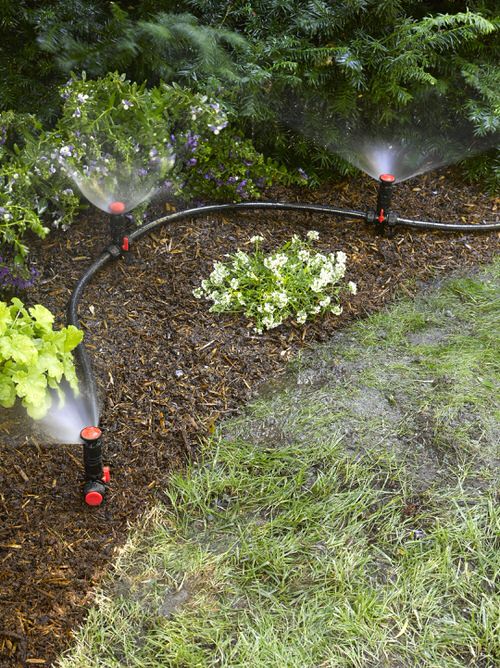
Reduce watering around winter and always water the plants in the early afternoon when the sun is about to be at its peak.
Morning and evening hours experience lower temperatures compared to the daytime, due to which stagnant water might freeze in the soil, which is detrimental for plants.
Watering in the daytime will ensure the moisture is soaked in the soil, which would otherwise freeze by night.
10. Use a Cloche
A cloche acts as an insulator, trapping the sun’s heat and storing it for the rest of the day. Thus, a mini greenhouse-like system is formed around the tiny plants, creating a warm, humid home for their growth.
To save some bucks, you can cut a water bottle and make your own DIY cloche, or try one of these ideas here!
11. Cover with Fabric
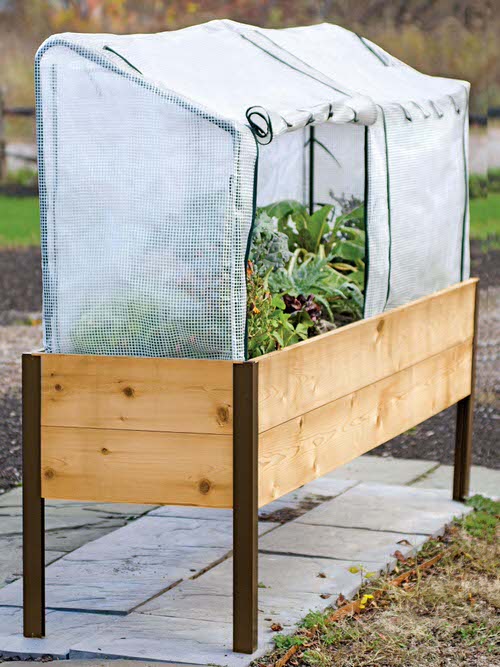
Fabric insulation is an inexpensive way to stimulate warmth around tender bulbs and vulnerable plant species.
Install a metal or wooden frame around plants and drape a permeable fabric to promote breathability and avoid plastic as it traps moisture. This will keep the cold drafts from hitting the plant by creating a barrier. Here’s a great DIY you can check out.
12. Refrain from Pruning Plants

While pruning plants encourages new growth, it needs to take a back seat in winter if you don’t wish to kill them. Snipping the stems or leaves exposes their cell membranes, which are more prone to cool damage than the outer skin.
Also, most plants enter the dormant cycle during colder months, and fertilizing or pruning disturbs their growth cycle. Still there are some plants you can prune in fall, discover their names in the link!


